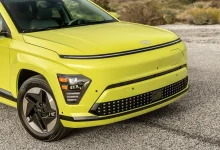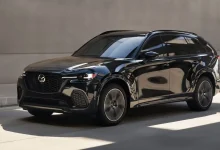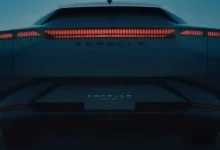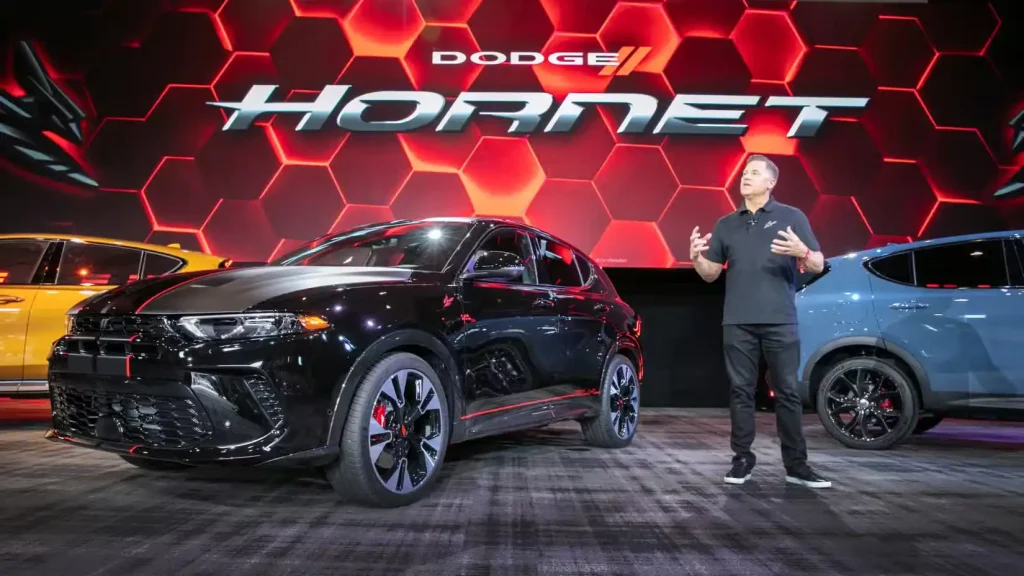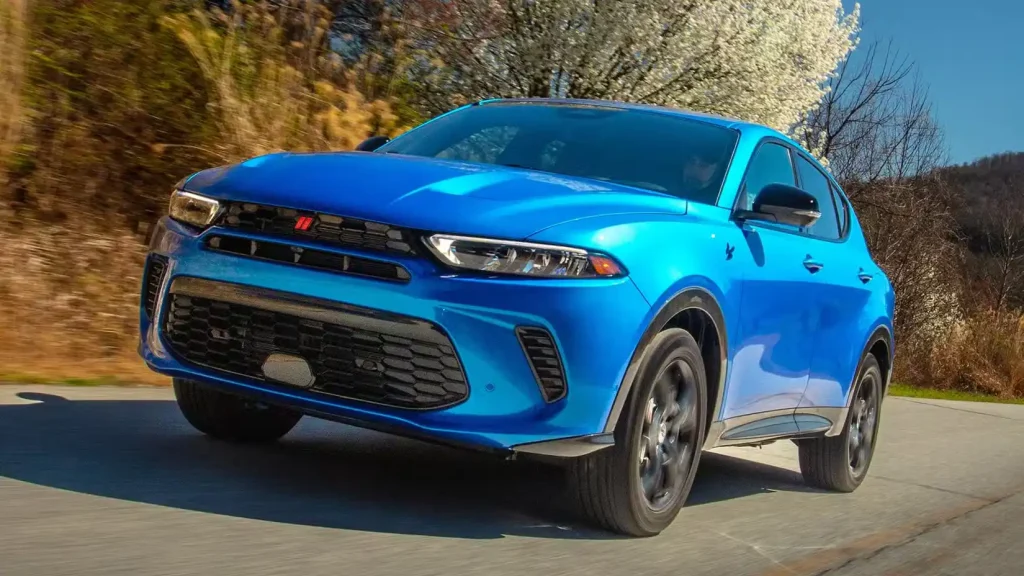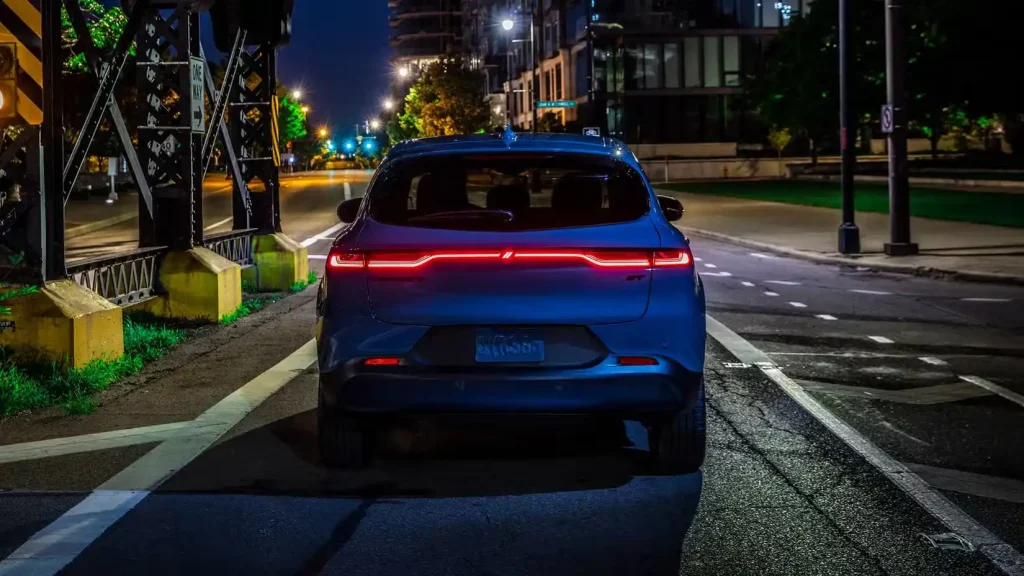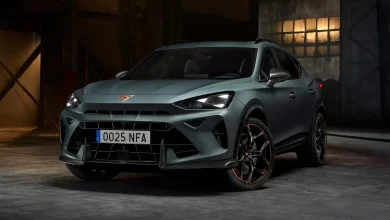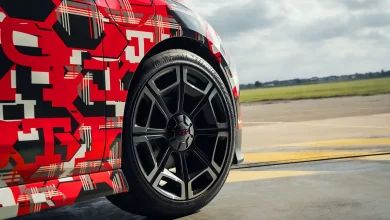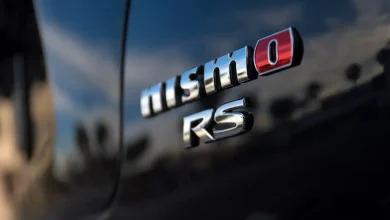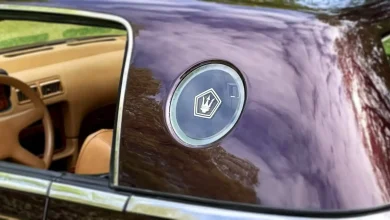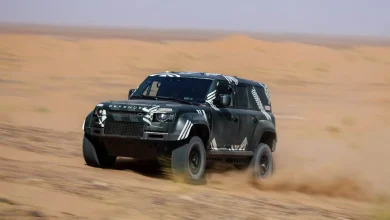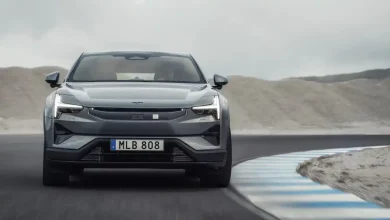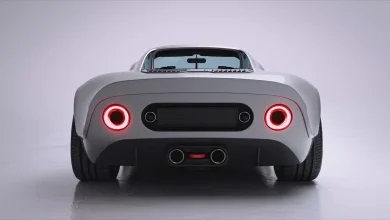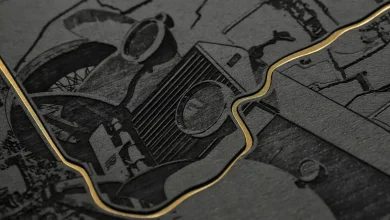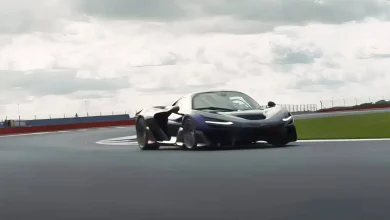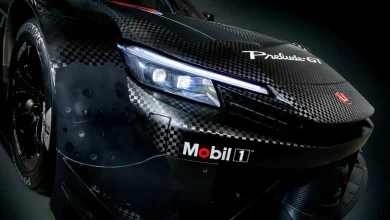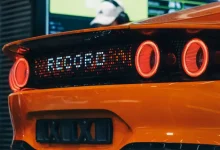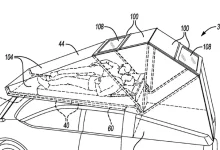The Dodge Hornet Might Not Survive 2026 Without Major Changes
"Dodge may be enjoying the revival of the Hemi, but the current political environment threatens one of its other key models."
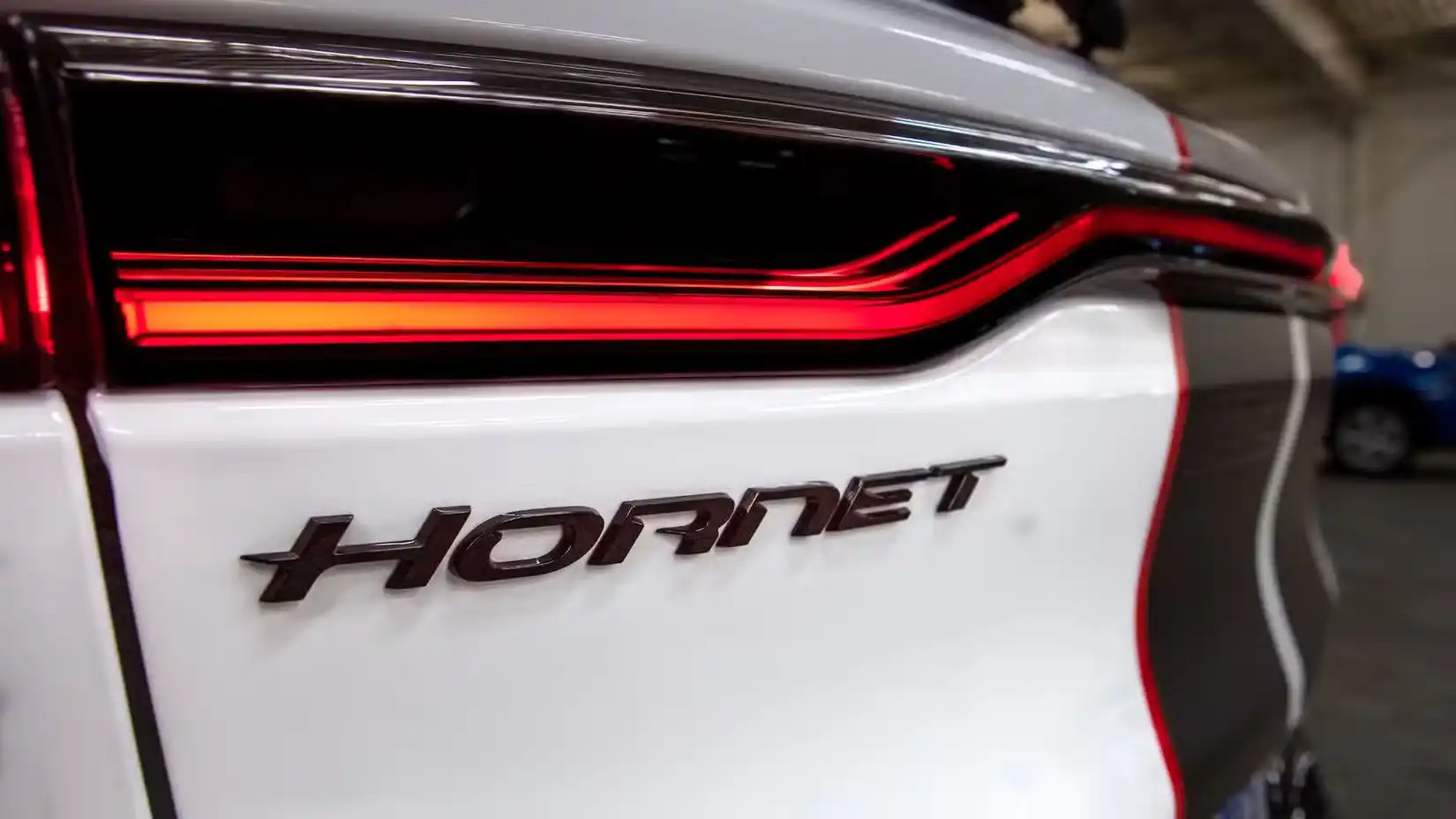
Dodge seems to be embracing a new era as a V8-focused brand, equipping every model in the aging Durango lineup with a V8 for 2026 and reportedly exploring the possibility of swapping the Charger Sixpack’s inline-six for a V8 as well. But not everything is looking up for the automaker’s staple model. This isn’t about the underwhelming demand for the electric Charger Daytona—it’s the compact Dodge Hornet SUV that’s in jeopardy. While a departure from Dodge’s traditional ‘Brotherhood of Muscle’ persona, the Hornet’s concept—a powerful, affordable crossover capable of challenging the Toyota RAV4—made financial sense when much of the rest of the lineup felt, to put it bluntly, outdated.
After selling 20,500 units last year, the Dodge Hornet future is uncertain, with company executives hinting that it may not make a return for the 2026 model year.
Trump’s Tariffs Could Be Threatening Dodge’s RAV4 Competitor
The uncertainty surrounding the Dodge Hornet future largely stems from import tariffs introduced during the Trump administration, which have left the automotive industry navigating choppy waters. The Hornet is built exclusively in Stellantis’s Naples, Italy facility, alongside its Italian cousin, the Alfa Romeo Tonale. As a result, it is particularly vulnerable to these tariffs. With a price point around $30,000, the Hornet has little room to absorb sudden cost increases. Its entire identity hinges on being the most powerful compact crossover in the U.S. for under $30,000, so a jump to $35,000 could undermine its marketing appeal entirely.
Dodge CEO Matt McAlear addressed the challenges facing the Dodge Hornet in an interview with The Detroit News. He revealed that production of the Hornet has been paused indefinitely due to the tariff situation. To avoid the impact of the looming 27.5% tariffs, Dodge rushed to import all remaining 2025 Hornets, meaning the current U.S. stock represents nearly the entire supply. According to Dodge’s customer-facing website, there are 1,093 model-year 2025 Hornets either in stock or in transit, with none currently in production. There are also 2,006 units from the 2024 model year available. While it’s unclear if more vehicles will arrive, the existing stock is expected to sell quickly.
A Few Thousand Hornets Left in the Nest
Beyond the current stock, the Hornet’s future looks uncertain. “If the tariffs don’t change, there won’t be a 2026 model year,” McAlear told The Detroit News. While dealers and die-hard muscle-car fans might not mourn the loss of a four-cylinder compact crossover—hardly emblematic of Dodge’s brand identity—the Dodge Hornet was a fun-to-drive vehicle that contributed crucial sales. In 2024, Dodge sold 20,559 Hornets, accounting for 14.5% of total brand sales. In the first half of 2025, 5,647 units were sold, representing 11.9% of the brand’s total H1 sales.
So far in 2025, the Dodge Hornet has been Dodge’s second-best seller, well behind the 34,399 Durango SUVs that have found new owners. With Dodge shifting to a V8-only lineup for 2026, the Durango is likely to maintain its position as the brand’s top seller. Sales of the Charger are also expected to rise once the Sixpack model begins rolling out more widely, and if rumors are accurate and the Hemi returns to the Charger, Dodge will have a steady stream of buyers still eager for V8 power.
As for the Dodge Hornet, its future remains uncertain. The Alfa Romeo Tonale could face the same fate if the tariff situation isn’t resolved soon, putting the model that was intended to revive Alfa Romeo’s U.S. sales at risk of disappearing as well.
